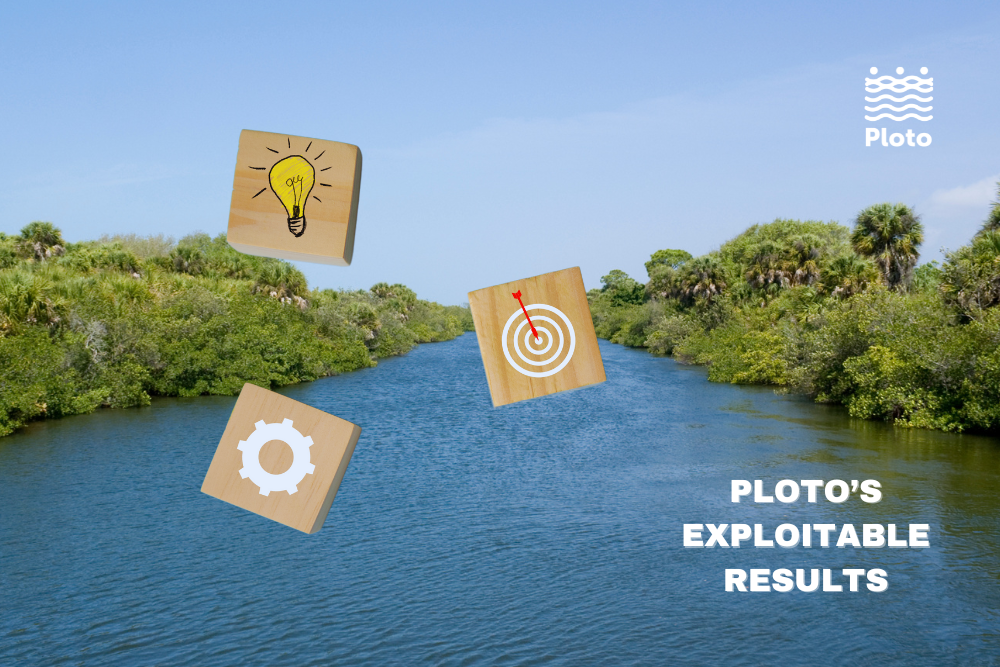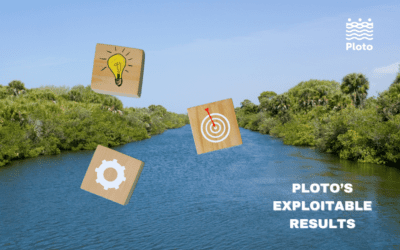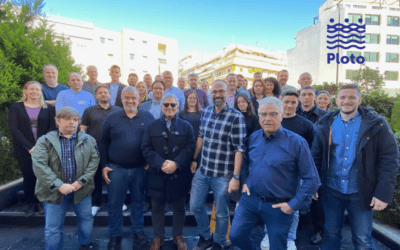Whenever you are planning the hows and whats of risk assessment, one of the first questions that pops up is the one of time scale. Are we doing this for (relaxed!) strategic planning of the next 10 years, or is this an (emergency!) assessment of a coming or unfolding event? In the first case, especially when considering Inland WaterWays (IWW), you need to account for “all possible” scenarios of hazardous events. This includes weather or flood, as influenced by alternate climate projections, or even scenarios of seismic events. Thankfully, you have the time to do your job properly. In the second case, you only have some emerging indication of what is coming at you, and you need to act fast. To tackle this, PLOTO employs a vast database of precomputed scenarios to kill two birds with one stone. If you want to do a long-term risk assessment, you consider all available scenarios for the hazard(s) of interest. If you are only going after a short-term risk assessment, i.e., a what-if or what-is situation, then you only need to do a rapid search through the database to find the scenarios that fit your information. To better understand how this works, think of Google and how it sorts through all websites to find the one that best fits your search query. It does not do so in real-time. Instead, it has already crawled through the web to compile a database of web-pages and related descriptive indices. In order to deliver search results fast, every time you ask a question, it goes through this summarized representation of the web to find pertinent results. At an (admittedly less grand) scale, this is also how the PLOTO IWW simulators and precomputed scenarios operate. Ask any question on how the IWW infrastructure will perform in a scenario, or over all possible scenarios, and you will receive an answer in seconds, rather than after days of computations.
Written by Dimitrios Vamvatsikos, Associate Professor, School of Civil Engineering, National Technical University of Athens



